1. When was the name Saigon born?
- 16th century0%
- 17th century0%
- 18th century0%
According to the Cultural Geography of Ho Chi Minh City (Ho Chi Minh City Social Sciences Council), from the end of the 16th century, Vietnamese migrants began to go to the South by boat. In addition, another group also moved to the capital of Chenla or to the capital of Ayuthia of Siam, to establish villages and settle down.
When the Vietnamese arrived in Saigon, due to the lack of clear ethnic distinctions, they were collectively called “Man”. With their long experience in growing wet rice, the Vietnamese soon formed a harmonious division of labor in reclamation: The Vietnamese took charge of deep, grassy fields, called “thao dien”. The local ethnic people cultivated high fields on hills and ridges, called “son dien”.
From the end of the 16th century to almost the end of the 17th century, Vietnamese settlers reclaimed and conquered nature, mastering the land with axes to clear forests, machetes to chop grass, and plows with buffaloes. They were deeply attached to fields and gardens, considering them the foundation of survival.
It can be said that Vietnamese migrants had come to reclaim land and establish settlements in Saigon long before 1674. At that time, Saigon had probably become a relatively important town, in which governance was mainly undertaken by the migrants themselves.
2. Which general founded Saigon?
- Tran Quang Khai0%
- Nguyen Huu Canh0%
- Nguyen Phuc Chu0%
In the spring, February of the year of Mau Dan (1698), Le Thanh Marquis Nguyen Huu Canh, then the Governor of Binh Khang citadel, obeyed the order of Lord Nguyen Phuc Chu to lead troops to the South. This was the first time he came to the Dong Nai - Gia Dinh region.
Here, Nguyen Huu Canh conducted a survey of geography, nature and residents' lives, then demarcated boundaries, established administrative units, appointed personnel, and regulated the locations of patrol stations and town gates to manage and protect the new land.
According to the administrative organization system of the old lands, he established Gia Dinh prefecture including two districts, Phuoc Long and Tan Binh, taking Dong Nai river and Saigon river as the natural boundary between the two districts.
Phuoc Long district (now in the areas of Dong Nai, Ba Ria - Vung Tau, Binh Duong provinces and part of Ho Chi Minh City - Thu Duc City area) has Tran Bien citadel (later Bien Hoa province).
Tan Binh district (now includes Ho Chi Minh City, Tay Ninh province, most of Long An province and part of Tien Giang province - Go Cong area) had Phien Tran palace (later Gia Dinh province).
Each district is divided into four cantons:
Phuoc Long district includes Phuoc Chanh, Binh An, Long Thanh and Phuoc An communes.
Tan Binh district includes Binh Duong, Tan Long, Phuoc Loc and Thuan Cach communes (changed to Thuan An during the Gia Long dynasty).
After establishing the Gia Dinh government, Lord Nguyen ordered localities from Nam Bo Chinh to the South to mobilize and recruit poor and displaced people to come here to settle down and reclaim wasteland.
Thanks to the flexible and benevolent policies of Lord Nguyen, the population of Gia Dinh Palace grew day by day, life became more and more stable, opening the way for the process of exploration and development of the Southern region later on.
3. Which French person signed the decree establishing Saigon City?
- Marshal De Mac Mahon0%
- Minister of Navy and Colonies L. Fourichon0%
- Marshal of Cochinchina Duperré0%
On January 8, 1877, the President of France, Marshal De Mac Mahon, signed the Decree officially establishing the City of Saigon. The document was signed by Vice Admiral, Senator, Minister of Navy and Colonies L. Fourichon.
This decree was promulgated by the Governor of Cochinchina Duperré throughout the entire colony of Cochinchina according to the Decree dated May 16, 1877. This is considered the first charter of Saigon City, consisting of 9 chapters with 78 articles, specifically regulating the organization and management of urban administration. From here, Saigon was officially recognized as a city.
Pursuant to Article 77 of the above Decree, the Governor of Cochinchina appointed Mr. Lamy, a contractor in the Public Works sector, as the first Governor of Saigon City.
From then until 1931, when Saigon - Cho Lon Area was established, Saigon City had 25 Governors taking turns in charge of city administrative management.
4. When was Saigon renamed Ho Chi Minh City?
- 19450%
- 19540%
- 19760%
On July 2, 1976, at the first session, the 6th National Assembly issued a resolution on the country's name, national flag, national emblem, capital, national anthem...
Specifically, the country name is the Socialist Republic of Vietnam.
The national flag has a red background and a five-pointed yellow star in the middle.
The national emblem is circular, with a red background, in the middle is a five-pointed yellow star, surrounded by rice ears, below is half a cogwheel and the words "Socialist Republic of Vietnam".
The capital is Hanoi.
The national anthem is "Marching Song".
Name Saigon - Gia Dinh city as Ho Chi Minh City
5. Is it true that there are currently wards in Saigon?
- Correct0%
- Wrong0%
Saigon Ward was formed on the basis of merging Ben Nghe Ward and part of Da Kao Ward, Nguyen Thai Binh Ward (formerly District 1) with a total area of 3,038 km2 and more than 47,000 people.
Saigon Ward is the core area of the center of Ho Chi Minh City, converging the system of administrative agencies, where major events of the city take place.
Saigon Ward concentrates many important works and historical symbols such as the headquarters of the Ho Chi Minh City People's Committee, the City Theater, the City Post Office, Nguyen Hue Walking Street and other works.
Source: https://vietnamnet.vn/ten-goi-sai-gon-co-tu-khi-nao-2453920.html


![[Photo] Collecting waste, sowing green seeds](https://vphoto.vietnam.vn/thumb/1200x675/vietnam/resource/IMAGE/2025/10/18/1760786475497_ndo_br_1-jpg.webp)

![[Photo] General Secretary To Lam attends the 95th Anniversary of the Party Central Office's Traditional Day](https://vphoto.vietnam.vn/thumb/1200x675/vietnam/resource/IMAGE/2025/10/18/1760784671836_a1-bnd-4476-1940-jpg.webp)
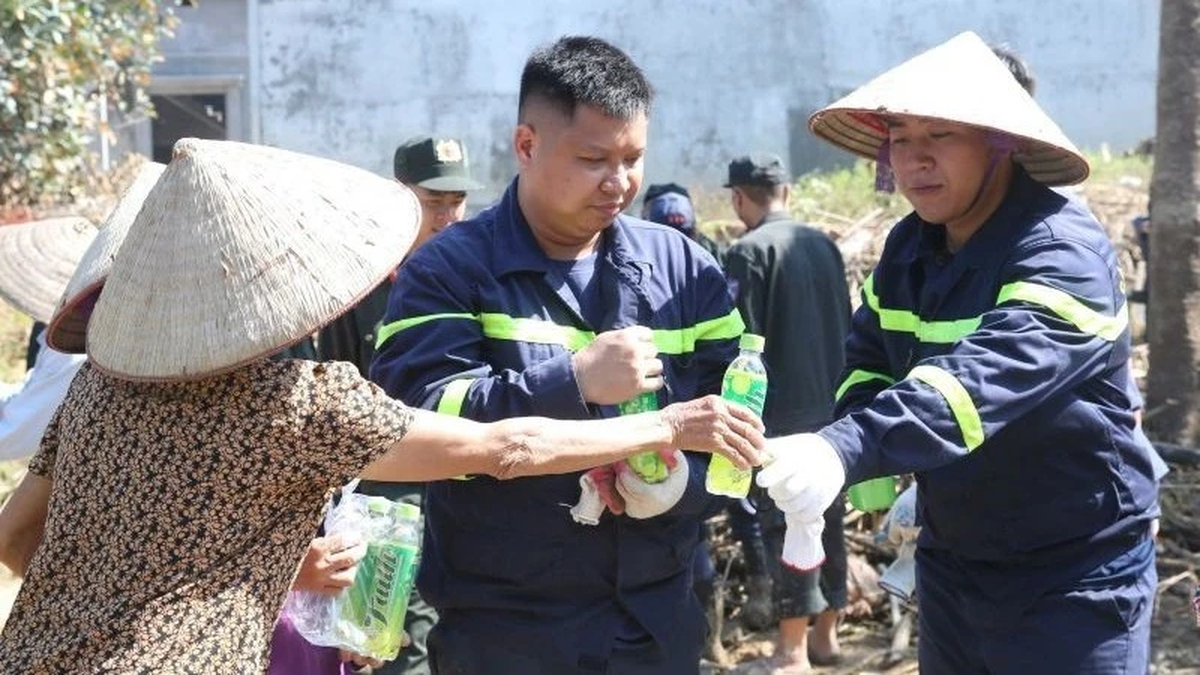
![[Photo] Closing ceremony of the 18th Congress of Hanoi Party Committee](https://vphoto.vietnam.vn/thumb/1200x675/vietnam/resource/IMAGE/2025/10/17/1760704850107_ndo_br_1-jpg.webp)



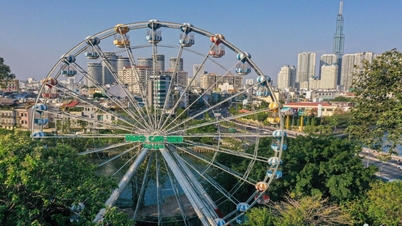
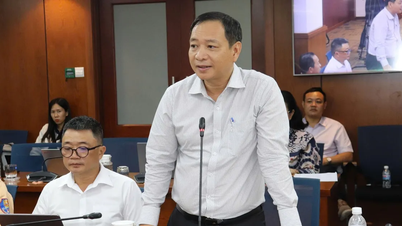


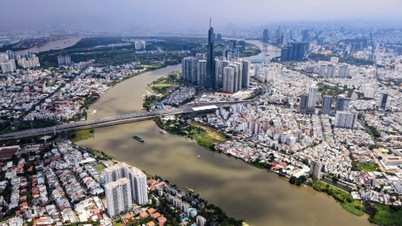


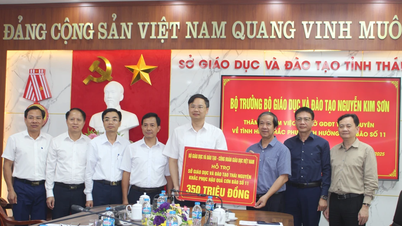





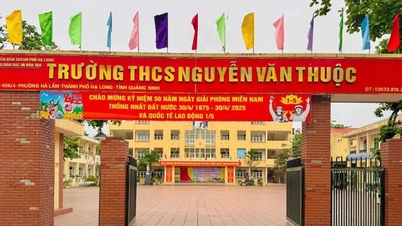

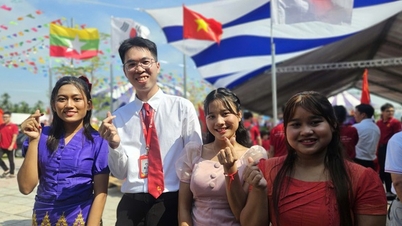
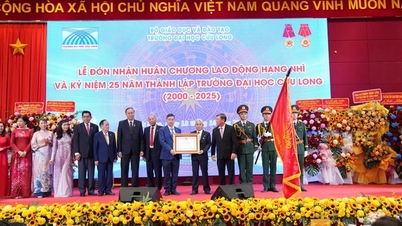









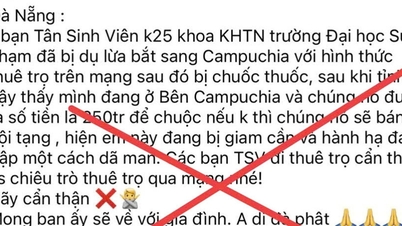

































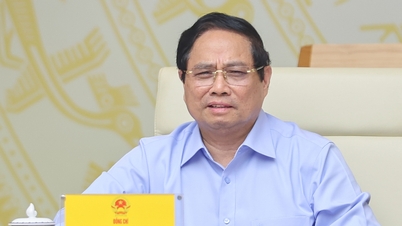
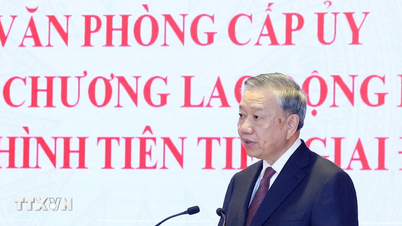

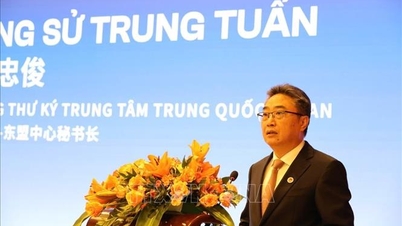

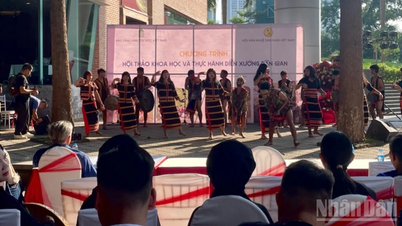










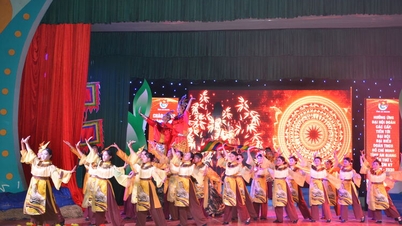

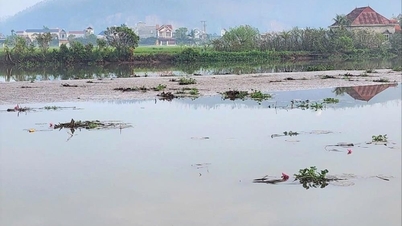



















Comment (0)